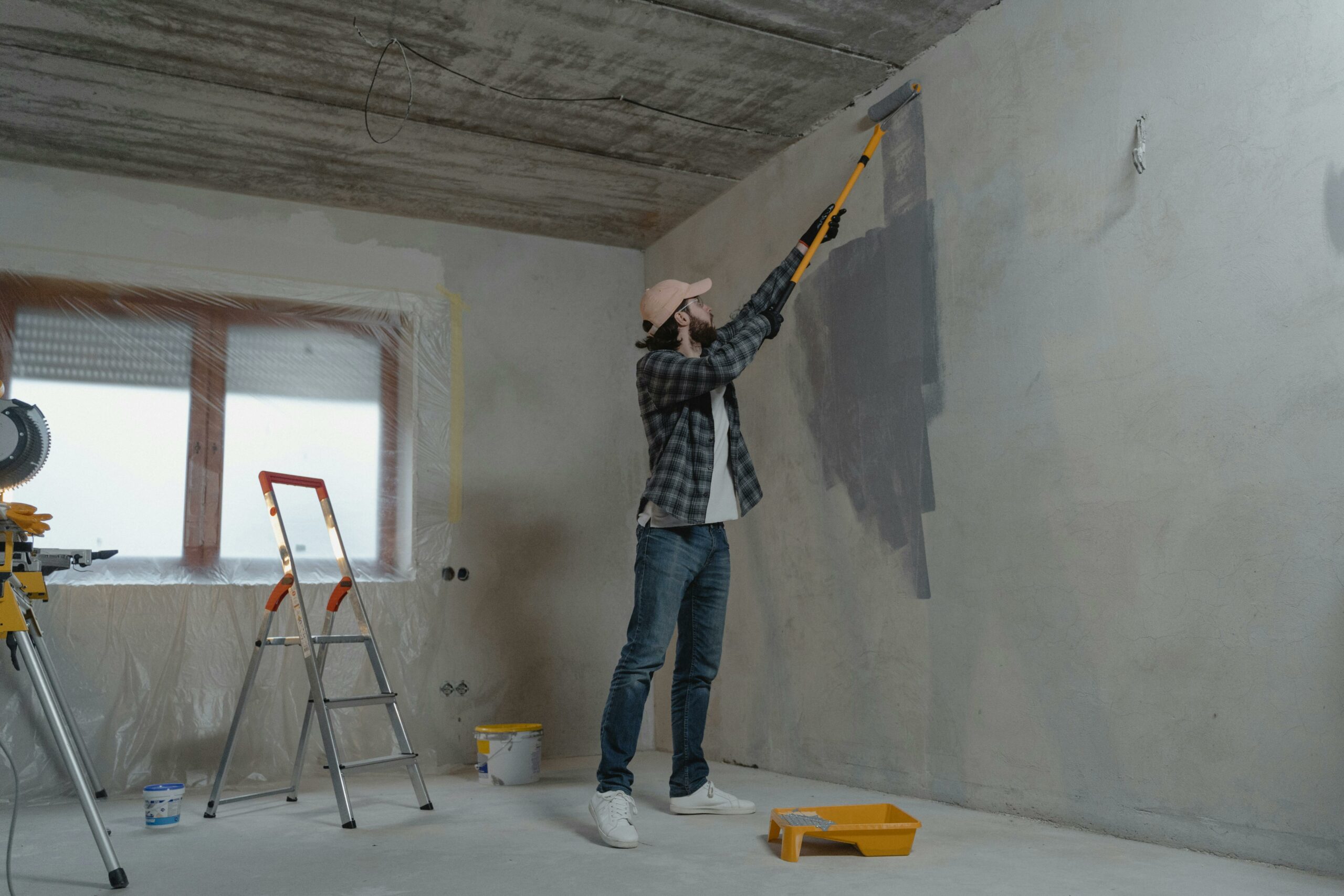Listen to this article

The da Vinci SP is designed for single-port procedures. Source: Intuitive Surgical
Part of the promise of robot-assisted surgery is that it enables increasingly complex but minimally invasive procedures, which allow for better patient outcomes. Last week, a patient received a kidney autotransplantation with a da Vinci SP single-port surgical system from Intuitive Surgical Inc. It was the first surgery of its kind, claimed Maria Middelares Hospital in Ghent, Belgium.
The healthcare facility is working to become a smart hospital as part of the new Health Value Space Ghent initiative. It said it has been using the da Vinci SP on a daily basis since May 21. More than 400 peer-reviewed publications have validated the technology’s safety and efficacy, said Intuitive Surgical.
Maria Middelares modernizes kidney transplants
On May 27, urologist Prof. Karel Decaestecker performed an intracorporeal kidney autotransplantation on an 18-year-old woman suffering from a complex ureteral lesion. She had severe damage to the ureter between the kidney and the bladder.
The doctor determined that the best solution was to bridge the defect was to move the kidney closer to the bladder in a technique called autotransplantation. It was conducted intracorporeally, meaning entirely inside the body.
Dr. Decaestecker had performed such operations since 2017 using the da Vinci Multiport system, which is equipped with four robotic arms. The advantage of an in-body operation is that no large incisions are required to move the kidney in and out of the body. With the Multiport, only a few small incisions of around 1 cm (0.3 in.) were needed to insert the robotic instruments.
 Submit your presentation idea now.
Submit your presentation idea now.
da Vinci SP minimizes incisions
“What’s new now is the combination of in-body grafting with a single incision thanks to the SP robotic system, which has just one articulated arm,” explained Decaestecker. “This is less intrusive for the patient’s body and should also facilitate smoother post-op recovery.”
“Other advantages are that we can perform the procedure entirely outside the abdomen, allowing the patient to lie flat on their back in a natural position,” he added. “This is important as the patient can now be operated on in a more comfortable position, therefore with fewer intestinal complications.”
With the new robotics platform, Maria Middelares said it can optimize space usage and efficiency in operating rooms. The da Vinci SP allows for further personalization of surgery based on patient needs, said the hospital.
“In our organization, we strive to seek out the best technology combined with in-depth monitoring,” said Dr. Ameye, director of innovation at Maria Middelares. “We map the quality of care using big data analysis based on a multitude of uniform data. This enables us to identify areas for improvement and continuously optimize our care. Providing value-based healthcare is our main motivation.”
Intuitive Surgical develops multiple da Vinci models
Sunnyvale, Calif.-based Intuitive Surgical’s technologies include several models of the da Vinci surgical systems and the Ion endoluminal system. The da Vinci systems offer surgeons high-definition 3D vision, a magnified view, and robotic and computer assistance.
They use specialized instrumentation such as a miniaturized surgical camera and wristed instruments. These include scissors, scalpels, and forceps designed to help with precise dissection and reconstruction deep inside the body.
Intuitive Surgical this week announced that the U.S. Food and Drug Administration has cleared a labeling revision for its da Vinci X and Xi surgical robotic platforms and radical prostatectomy. The company had demonstrated a similar five- to 10-year survival period between robot-assisted radical prostatectomy procedures and non-robotic procedures.
























